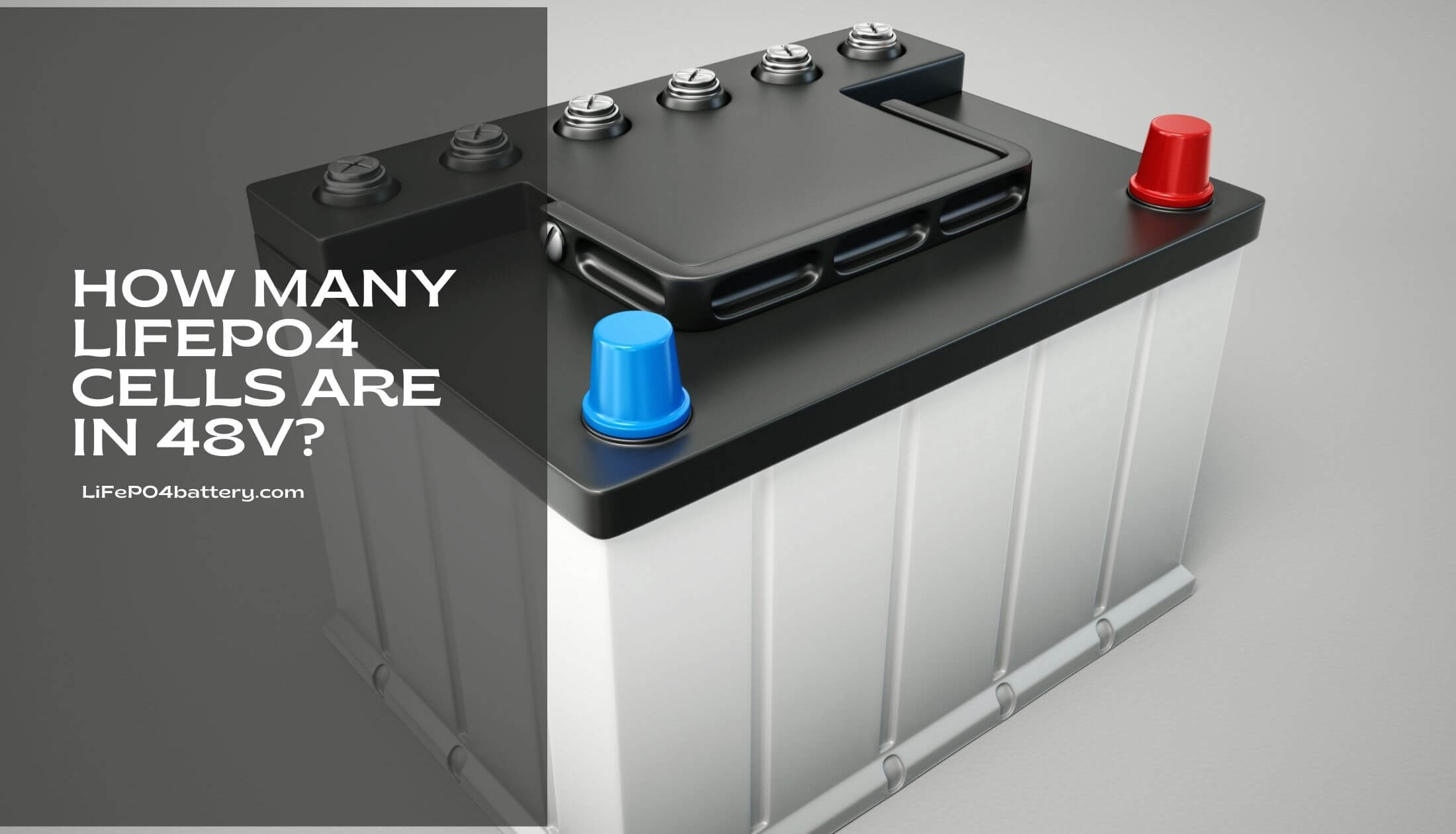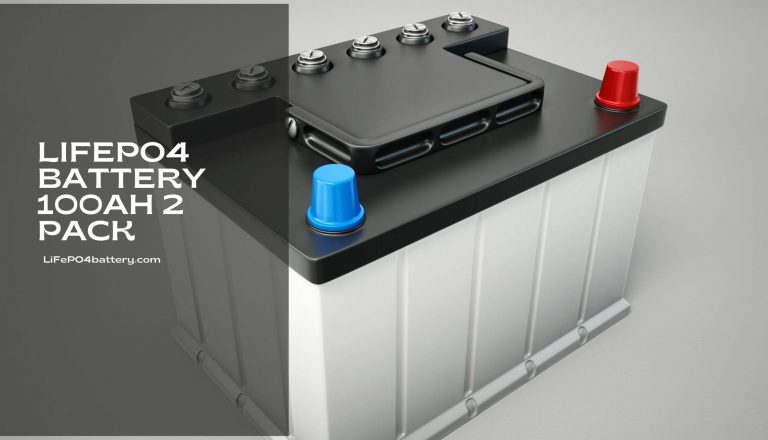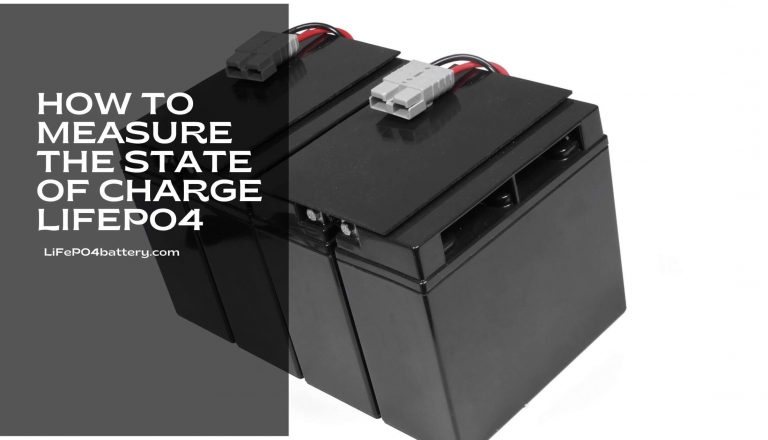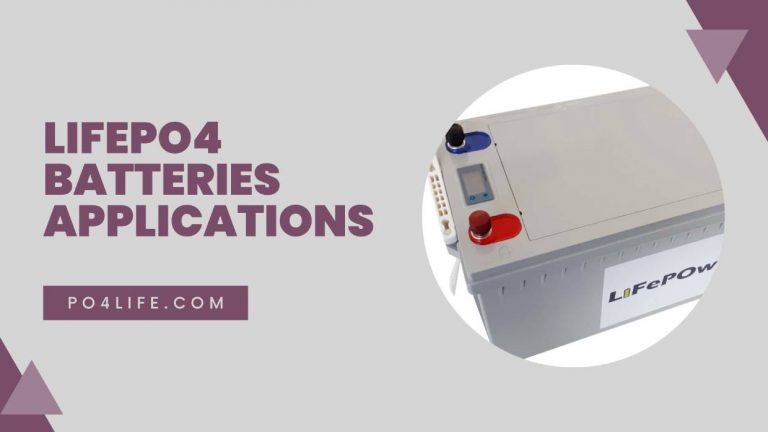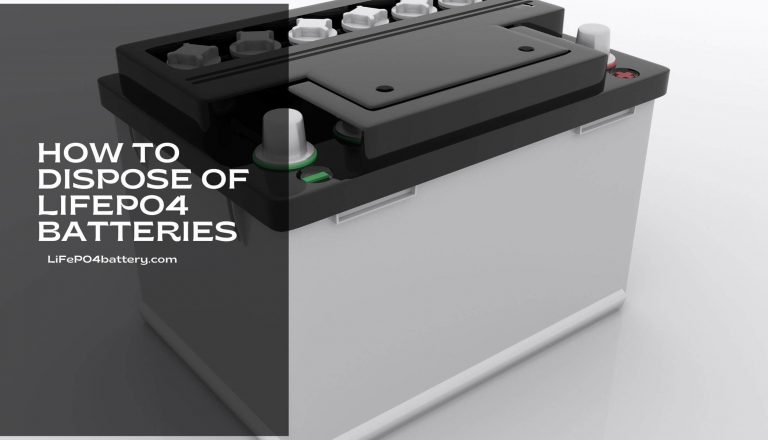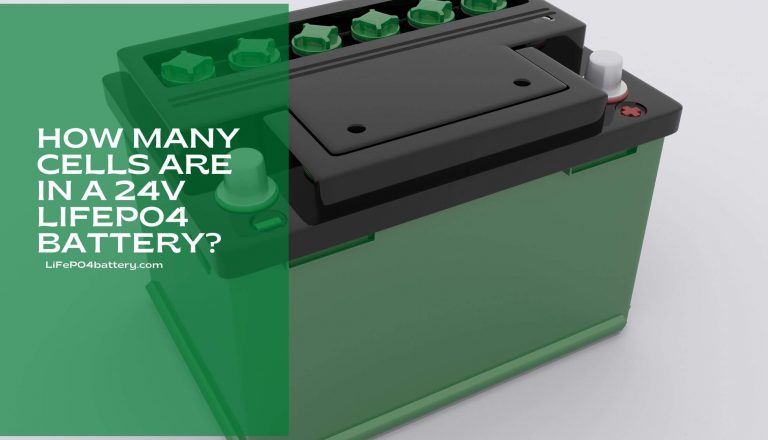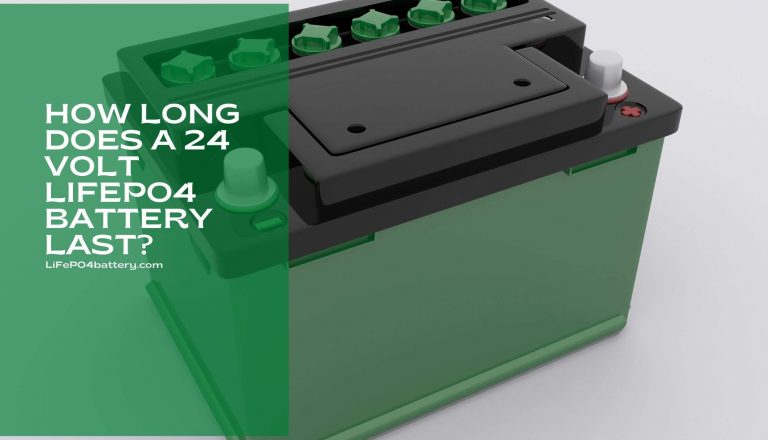How many LiFePO4 cells are in 48V?
Do you want to know how many LiFePO4 cells are in a 48V battery pack? You might be wondering if the LiFePO4 cells are a common size. In this blog article, we will answer How many LiFePO4 cells are in 48V?
What is a LiFePO4 cell?
LiFePO4 cells are rechargeable batteries that use lithium-ion as their fuel source. They are popular in portable electronic devices, such as laptops and tablets, because they have a longer battery life than traditional batteries.
LiFePO4 cells come in different capacities and types. A standard LiFePO4 cell has a capacity of 3.7V and a weight of about 40g. LiFePO4 cells are also available in higher capacities (6V, 8V, 10V) and with different weights (60g, 120g, 280g).
How many LiFePO4 cells are in a V? A V is the battery pack for a Tesla Model S. The battery pack contains eight individual LiFePO4 cells. There are many different types of batteries, but LiFePO4 cells are unique because they have very low self-discharge rates. This means that they can be discharged and recharged multiple times without losing their charge.
How Many LiFePO4 Cells Are In 48V?
LiFePO4 cells are used in 48V applications such as electric vehicles and energy storage. LiFePO4 cells have a nominal voltage of 48VDC. How many LiFePO4 cells are in 48V?
LiFePO4 cells are a type of rechargeable battery that can be used in vehicles, appliances, and other devices. A 48V battery pack contains 48 LiFePO4 cells. Each cell in a 48V battery pack has a capacity of 10Ah. This means that the total capacity of the battery pack is 50Ah. The total capacity of a battery pack is calculated by multiplying the number of cells by the average capacity per cell. In this case, the number of cells is 48-volt and the average capacity per cell is 10Ah. Therefore, the total capacity of the battery pack is 480Ah.
If you are wondering how many lithium-ion cells are in a 48-volt pack, the answer is 18.5 cells. This is because a 48-volt pack contains 2 packs of 18.5 cells. So if you have a 36-volt pack, there would be only 12 cells in the pack because it only contains 1 pack of 18.5 cells.
What other types of batteries exist?
- There are a variety of different types of batteries currently on the market. Some of the most common types of batteries are lithium-ion, nickel-cadmium, and lead-acid.
- LiFePO4 cells are a type of lithium-ion battery that uses a polymer electrolyte instead of a liquid to store energy. This makes them very different from other batteries, and they have some unique benefits.
- LiFePO cells are extremely lightweight, which makes them perfect for electric vehicles. They also have a very high capacity, which means they can hold a lot of energy and discharge it quickly.
- One downside to LiFePO4 cells is that they don’t work well in cold temperatures. This limits their use to electric cars that will be used in cold climates, such as Sweden or Norway.
What is the difference between series and parallel circuits?
All current electrical devices use either series or parallel circuits. A series circuit has one path of electricity going from the battery to the load, while a parallel circuit has multiple paths of electricity going from the battery to the load.
The main difference between series and parallel circuits is that in a series circuit, the current flows through each element in order to reach the load. In a parallel circuit, the current flows through all elements of the circuit at the same time, but it does not have to travel through each element. This is why series circuits are more efficient because they use less energy than parallel circuits.
There are also other benefits to using series circuits. For example, a series circuit can be easily protected against overloads because each element can handle only a certain amount of power before it fails. Conversely, parallel circuits cannot be easily protected against overloads because they allow more power to flow through them at once.
Conclusion
LiFePO4 cells are a type of battery that has the potential to have greater energy density than any other type of battery on the market. They are also environmentally friendly, as they do not produce greenhouse gases. What does this mean for you? It means that LiFePO4 cells could play an important role in powering modern-day devices and even vehicles in the future.

